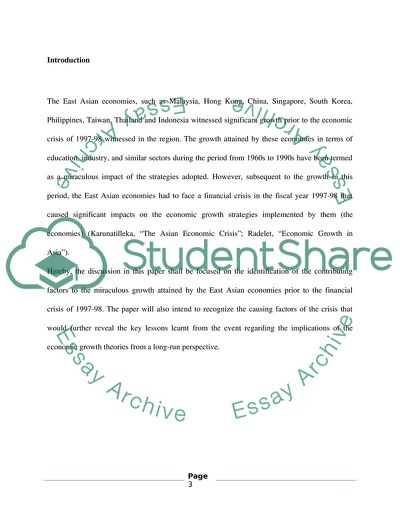Cite this document
(A Financial Crisis in the East Asian Economies Essay Example | Topics and Well Written Essays - 1250 words, n.d.)
A Financial Crisis in the East Asian Economies Essay Example | Topics and Well Written Essays - 1250 words. https://studentshare.org/politics/1757341-what-contributed-to-the-east-asia-miracle-and-what-caused-the-east-asian-crisis-what-lessons-should-we-draw-from-their-development-experience
A Financial Crisis in the East Asian Economies Essay Example | Topics and Well Written Essays - 1250 words. https://studentshare.org/politics/1757341-what-contributed-to-the-east-asia-miracle-and-what-caused-the-east-asian-crisis-what-lessons-should-we-draw-from-their-development-experience
(A Financial Crisis in the East Asian Economies Essay Example | Topics and Well Written Essays - 1250 Words)
A Financial Crisis in the East Asian Economies Essay Example | Topics and Well Written Essays - 1250 Words. https://studentshare.org/politics/1757341-what-contributed-to-the-east-asia-miracle-and-what-caused-the-east-asian-crisis-what-lessons-should-we-draw-from-their-development-experience.
A Financial Crisis in the East Asian Economies Essay Example | Topics and Well Written Essays - 1250 Words. https://studentshare.org/politics/1757341-what-contributed-to-the-east-asia-miracle-and-what-caused-the-east-asian-crisis-what-lessons-should-we-draw-from-their-development-experience.
“A Financial Crisis in the East Asian Economies Essay Example | Topics and Well Written Essays - 1250 Words”. https://studentshare.org/politics/1757341-what-contributed-to-the-east-asia-miracle-and-what-caused-the-east-asian-crisis-what-lessons-should-we-draw-from-their-development-experience.


